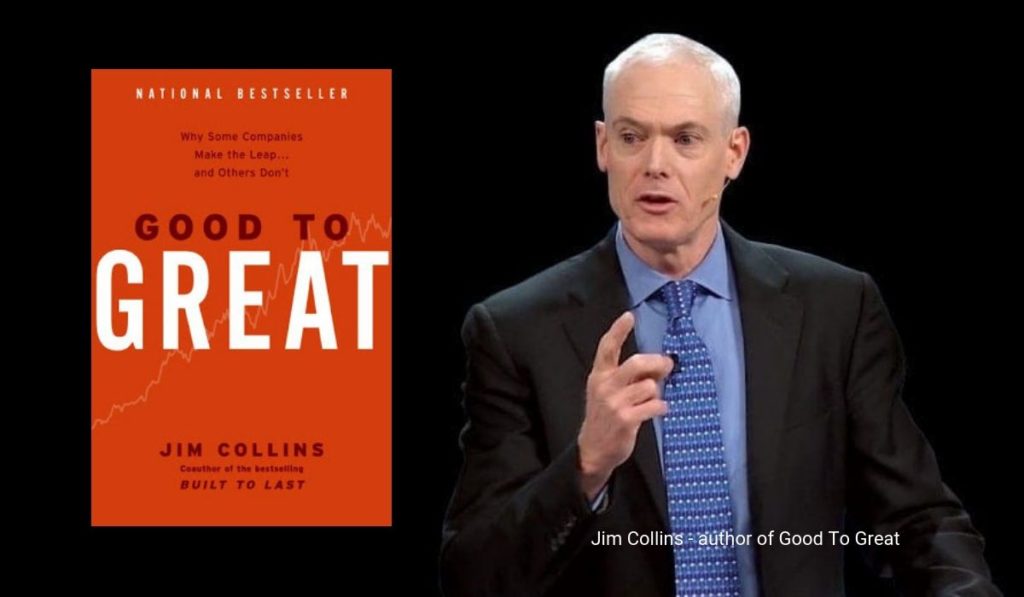
Sprawled over 1.4 million square feet along Singapore’s most scenic waterfront at Marina Bay, The Fullerton Heritage is an integrated dining, hotel and retail development comprising seven heritage and new buildings – The Fullerton Hotel Singapore, The Fullerton Bay Hotel Singapore, The Fullerton Waterboat House, One Fullerton, The Fullerton Pavilion, Clifford Pier and Customs House.
Beginning with the retrofitting of the iconic Fullerton Building in 2001 to become the Fullerton Hotel, the group has given a new lease of life to heritage icons Clifford Pier (built in 1933) and Customs House (built in the 1960s), transforming them into swanky F&B destinations. Collectively, these developments have added vibrancy to the waterfront area and attracted guests both foreign and local.









